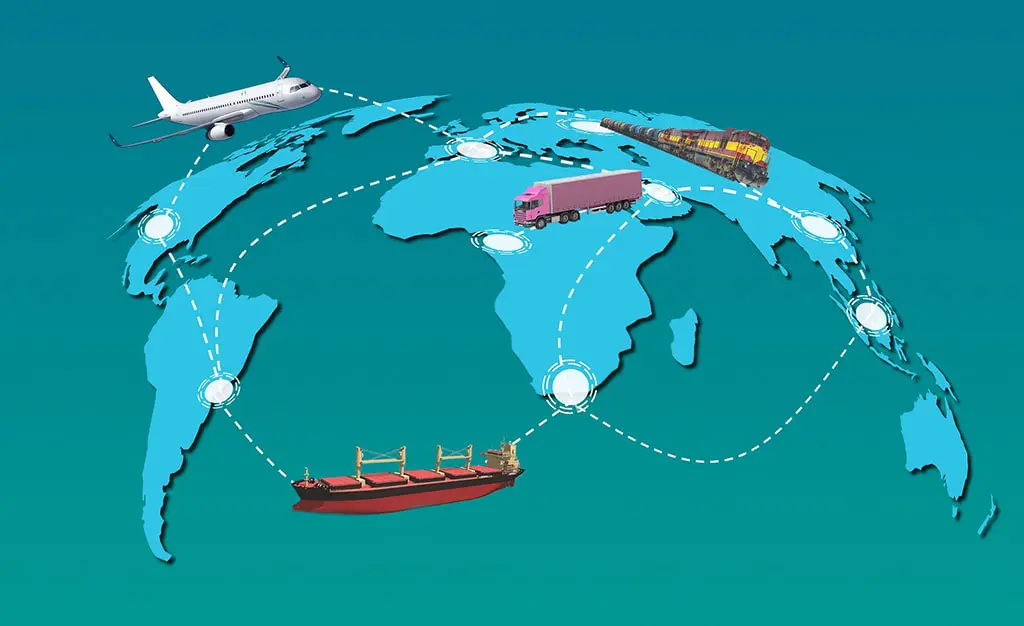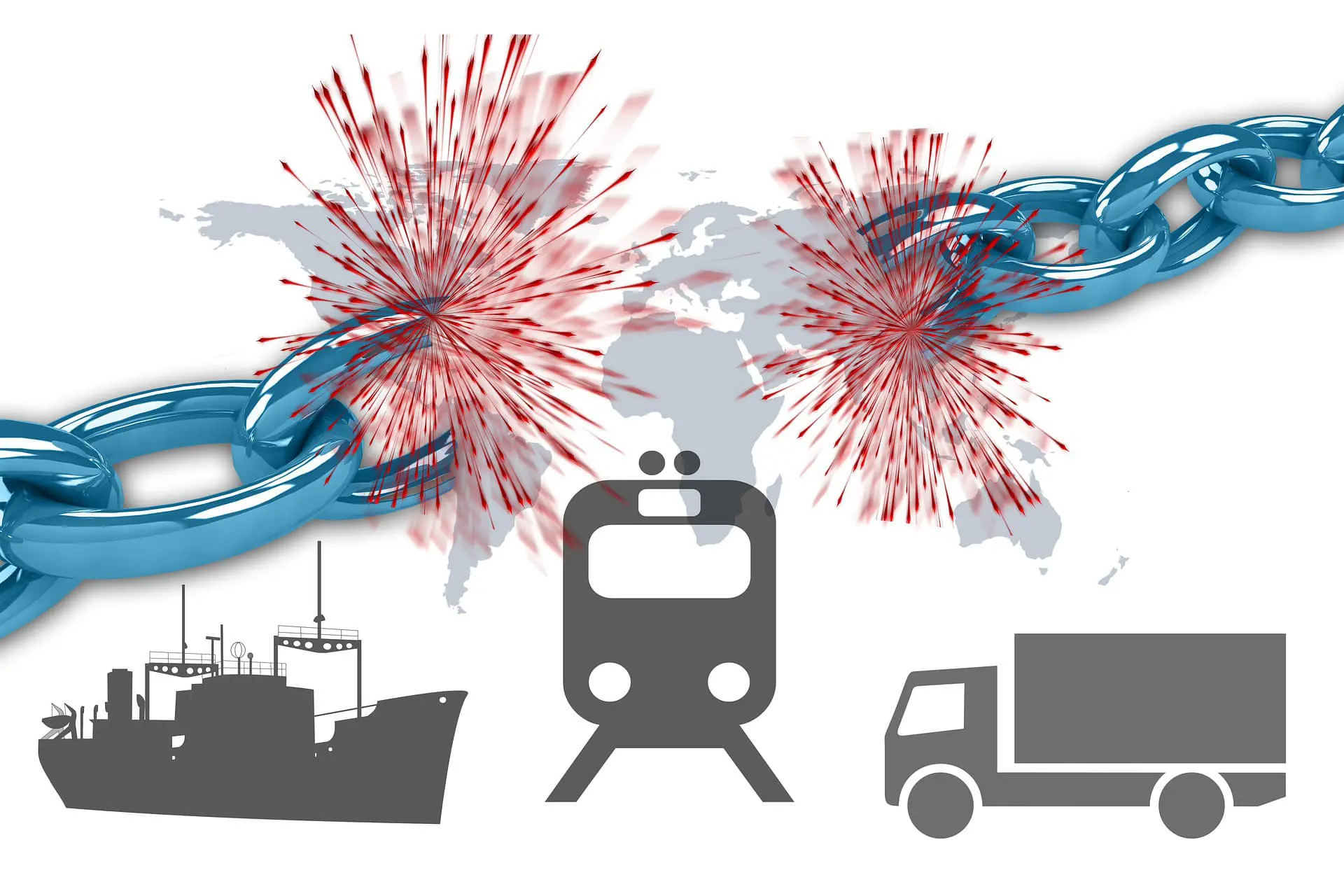Supply chain systems involve many moving parts, which, if negatively affected, can cause disruption. Many types of disruptions can occur, from natural disasters to transport delays to price fluctuations. Your business can even experience a cyber attack or go through global supply chain problems like the pandemic we saw in 2019.
And while you may have mastered how your supply chain works, the unexpected can happen, and your customers will still expect you to fulfill their orders as if nothing is happening. So how do you run the business amid all the chaos? We’ll answer this question by going through seven actionable steps.
Note that you would want to keep your shipping costs low during a supply chain disruption. Betachon can help you save thousands of dollars on shipping costs. Schedule a call today to learn more about our services.
Supply Chain Management During a Disruption
Managing your business amid a supply chain disruption can be tricky, but it’s not impossible. Here’s how to keep your supply chain operations thriving in such situations.
1. Evaluate and identify current risk
Evaluate your business to identify areas of vulnerability. For example, you might be at high risk if you’re in the auto industry and rely on one supplier for a particular item.
Conduct a quick research and determine how the vulnerability will affect your business and the supply chain planning you need to do, such as using different raw materials as you look for alternate suppliers.
2. Create a supply chain resilience by diversifying suppliers

Compile a list of suppliers for each point of your supply chain and for every product you need. This way, you’ll always have a backup should anything happen to your primary supplier.
Having alternative suppliers in place will also help you cut operational costs compared to using a supplier during an emergency.
Tip: Use GDS Freight to ship items affordably.
3. Establish an emergency management center

You’ll need to centralize information within the business. This means all the supply chain leaders will need to come together to discuss decisions and leave the table when they’re all on the same page.
What’s more, team leaders should prioritize some core functions to keep the business moving forward. For example, some leaders should work on the business ecosystem, while others care for customers and suppliers.
Others should focus on taking care of employee concerns. Remember, employees play a vital role in your business and should always get the care they deserve.
4. Every department should stick to its lane
When businesses experience disrupted supply chains, it’s common to see the entire company come together to figure out solutions, which is good. However, everyone should stick to their roles.
If you’re not the product manager, you can make suggestions, but don’t make decisions concerning product management. Let the product managers decide what can and cannot be done.
This is because, at this time, many business leaders are already panicking and are bound to make mistakes. In fact, the CEO and other top decision-makers should not be allowed to make minor business decisions. However, the team should inform them about all the significant steps to be taken.
5. Prepare to manage customer demand by building an inventory
During a disruption, you’re likely to face a high demand for goods which you might not handle if you don’t have a plan in place. However, you can mitigate this problem by building an inventory.
An inventory will help you decide how much stock you’ll want to have in safety stock should there be a prolonged disruption. If you go out-of-stock, it will affect immediate sales and customer trust, which will create a not-so-good shopping experience.
6. Communicate with customers
Your customers still expect to receive their goods on time despite the disruption you’re experiencing. Therefore, communicate with them immediately and plan to meet their demands.
Tell them your alternatives and what they should expect from your business going forward. The more you communicate with them, the more it becomes clear to them, and the more you reduce their frustration with your services.
7. Consider getting cargo insurance
Getting insurance to cover your goods during a supply chain disruption can be one of the smartest moves that can result in you saving a lot of money.
But first, you need to understand carrier liability is not cargo insurance. The cover that your carrier will provide is usually very limited. Therefore, going for third-party insurance may be a wise move.
Cargo insurance will protect your product against physical damage, loss, or theft. It will ensure that if any of these problems arise, the value of your goods will be compensated. This is ideal as you can easily replace the items affected without putting in extra cash.
Manage Your Business During a Supply Chain Disruption
Supply chain disruptions can happen at any time during your business operations because there are things you just don’t have control of, like natural disasters. When these disruptions occur, you have no choice but to look for ways to limit the negative impacts.
The first step is to audit the current situation, look for alternate suppliers, and communicate with customers about what’s happening and what they can expect moving forward. You should also try to manage our customer’s demands, keep every team leader on their lane, and establish an emergency management system to help with the situation. Consider getting cargo insurance.
To ensure your shipping operations are moving swiftly, consider getting an audit from an expert. Betachon can evaluate and advise. We have worked with many businesses like yours. You only pay us a percentage of what you’ll save. Schedule a demo today, and let’s get started!
